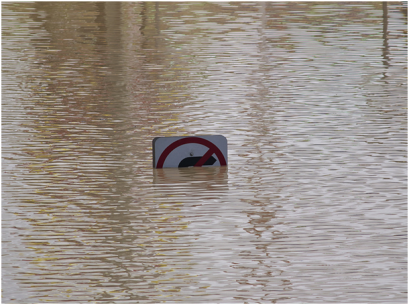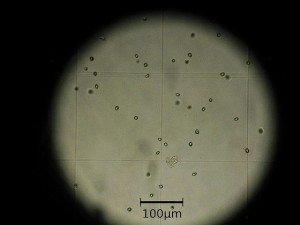How did the projections from the IPCC 3rd and 4th reports match up against recorded temps for the last decade?
WHO: Stefan Rahmstorf, Potsdam Institute for Climate Impact Research, Germany
Grant Foster, Tempo Analytics, Garland, Maine, USA
Anny Cazenave, Laboratoire d’Etudes en Géophysique et Océanographie Spatiales, Toulouse, France
WHAT: Comparing the projections from the IPCC 3rd report in 2001 and the IPCC 4th report in 2007 to the observed climate data to 2011
WHEN: November 2012
WHERE: Environmental Research Letters Vol 7, No. 4 (2012)
TITLE: Comparing climate projections to observations up to 2011
The IPCC. It is the favourite punching bag of climate deniers and conspiracy theorists alike, who all like to claim that the reports are faulty or flawed or incorrect. So these researchers decided with the 5th Assessment Report due soon to go back to the 3rd and 4th reports, check what was in the projections and see how accurate they were on temperature rise and sea level rise. Kind of like a mid-term report card!
Five years ago, the CO2 concentration and global temperatures were closely following the projections of the IPCC 3rd report, and sea level rise was tracking along the upper limit of the uncertainty range. So where the sea level rise projections were plus or minus several millimetres a decade, the observed data was only on the plus side. How did the projections look with an extra five years of data?
The IPCC projections didn’t attempt to include the effect of solar variability, volcanic eruptions or El Niño in their temperature models because those things are random and therefore pretty impossible to predict in the future. The observed data was adjusted to remove the random variability from solar, volcanic and El Niño effects so that the researchers were comparing apples to apples when trying to assess the accuracy of the IPCC projections. For those playing at home, they used a multivariate correlation analysis (yeah, I love those too!).
The data adjustment removed the cold anomaly from the 1992/3 Mt Pinatubo eruption, and the ‘exceptionally high’ 1998 temperature maximum from the extreme El Niño event. The observed data showed warming of 0.3oC from 1990 to 2011. The IPCC 3rd report projected 0.2-0.4oC warming to 2011 and the 4th report projected 0.3-0.5oC warming. So for temperature increases, the IPCC was pretty much spot on.

3rd report projections in blue, 4th report projections in green, observed data in red, shaded areas are the uncertainty range. (from paper)
So what about sea level rise? The IPCC got that one wrong, but not in a way that climate deniers can celebrate – they underestimated it by 60%.

Sea level rise: measured data in red, third assessment in blue, fourth assessment in green (from paper)
The IPCC best assessment was 2.0mm per year of sea level rise, and the satellite based recorded data is actually 3.2mm per year (±0.5mm error range). The researchers tried to work out if the huge difference between the projection and the recorded data was because of variability over recent decades, and decided it was unlikely because the IPCC similarly underestimated the sea level rise from 1961-2003. It was even more unlikely because the rate of sea level rise over the past 130 years has a ‘highly significant correlation with global temperature’.
This is scientist for almost identical, because those of you that read the IPCC 3rd report will remember that when the IPCC says ‘very likely’ they mean there’s a 90-99% chance it will happen. Talk about understatement.
What did the IPCC miss for sea level rise? Well firstly, it’s worth mentioning that most of the world’s scientific community didn’t expect humanity to ignore them when they warned of climate change, so their predictions were more conservative as they hoped we wouldn’t keep burning carbon at greater and greater rates as we are currently doing.
The key part though is ‘future rapid dynamical changes in ice flow’ which is scientist for big and unexpected changes, like the Arctic Death Spiral we had this summer where they found the Arctic was melting about 80 years ahead of schedule. The Arctic wasn’t supposed to be ice free in the summer from climate change until 2100, but we might get to see it as early as 2020.
What does that mean for future climate change projections? Well, it’s not pretty. So far the IPCC has been either seriously accurate (yay science!) or their worst case scenario underestimated what we’re actually doing to the planet. Which means that while the picture that the IPCC paints doesn’t look very appealing, it seems that reality could be a whole lot worse. My suggestion once again is that we stop burning carbon.



